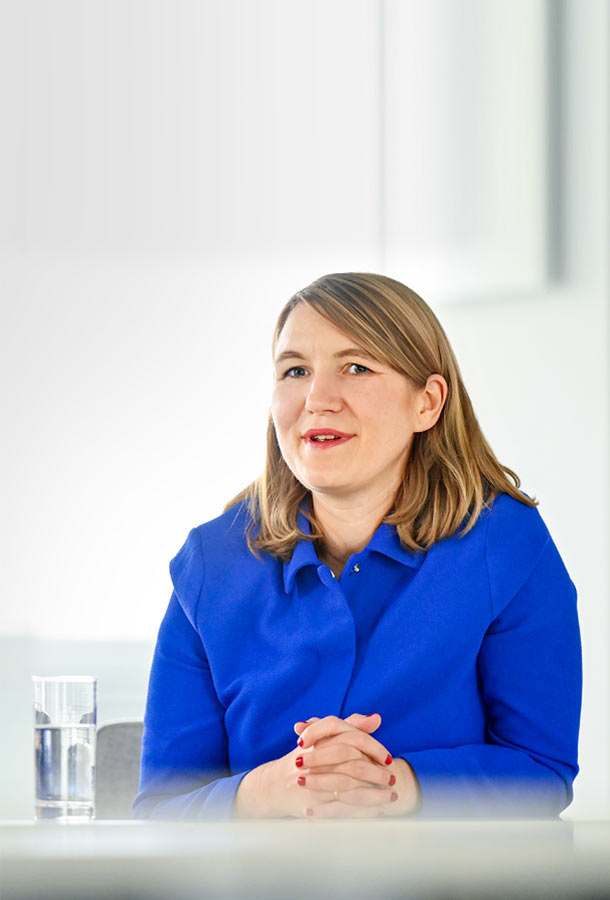Do you think it would make sense to examine AI projects from a sustainability point of view from the start?
Definitely. I don’t see a contradiction between economic and ecological benefits. Climate change is also a big danger to the economy. The market is increasingly rewarding sustainable business models, so there’s a large economic potential. We can’t consider one aspect without the other.
This calls for interdisciplinary work, bringing together people with sustainability expertise and AI expertise. How can we do that successfully?
That’s one of our research focuses and a vital step toward transferring sustainability-oriented AI projects into practice. At the moment, the two viewpoints are not often considered together. People who work in sustainability relatively rarely use AI and many developers and startups don’t know how their AI could impact on ecological challenges. A tech expert who develops an AI for image recognition doesn’t necessarily realize that it could be used to spot illegal clearances in rainforests on satellite images. We need to create networks and platforms that enable cooperation and give people more insight into and understanding of each others’ disciplines. I firmly believe innovation requires looking at a problem from different perspectives. This variety of viewpoints can be collected and combined via managed processes so that everybody benefits from all kinds of expertise and joint solutions can emerge.
What about ethical aspects? For example, how should we deal with the fact that AI can make some activities obsolete?
Above all, it’s important that this discussion doesn’t just take place among experts. Companies should deal openly with their employees’ worries that they might lose their jobs or that their jobs will change so much as to be unrecognizable compared to today. To help in this process, we develop visions of the future: What could the industry look like in ten years’ time, and how might new technologies be used then? We invite people to formulate their wishes for this future. That opens up new prospects for shaping the future. This is how we can get people to set off on a path even though we don’t yet know where exactly it will lead. Sure, it takes courage, but it also offers great opportunities.


